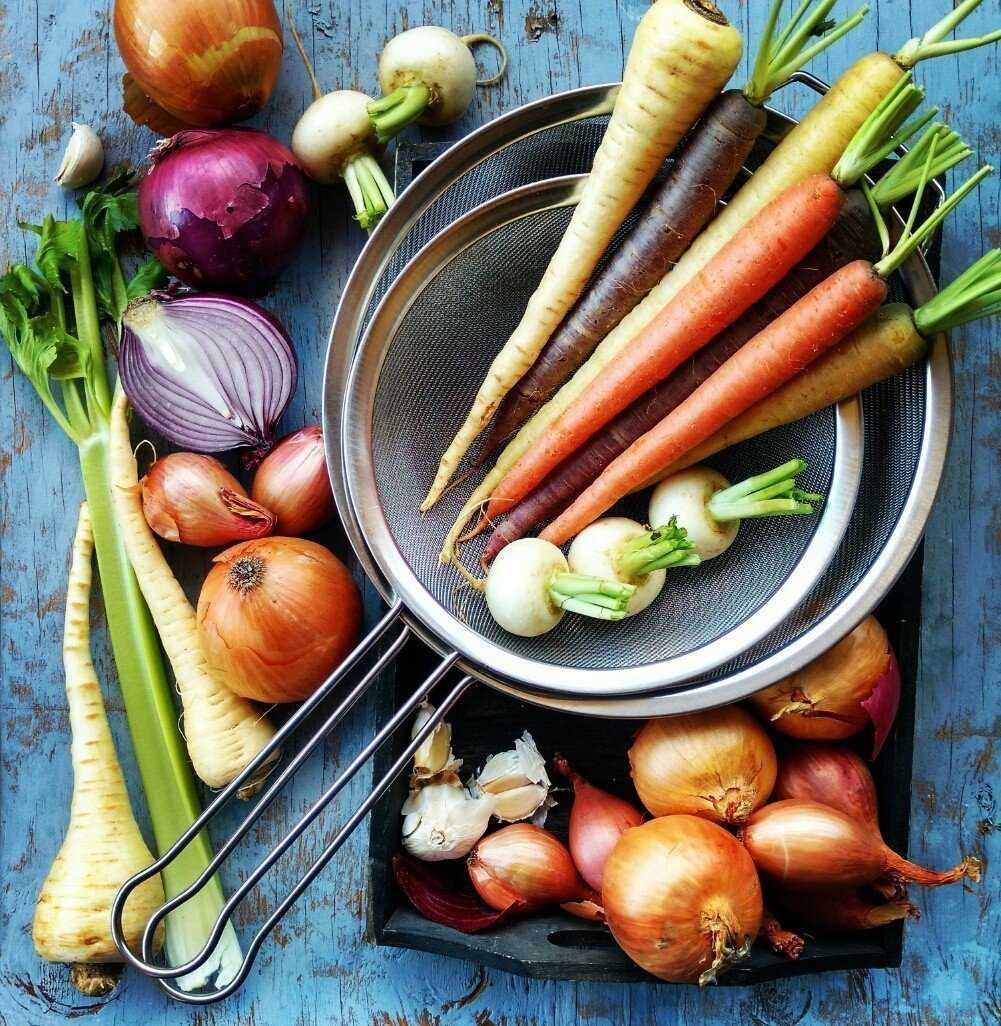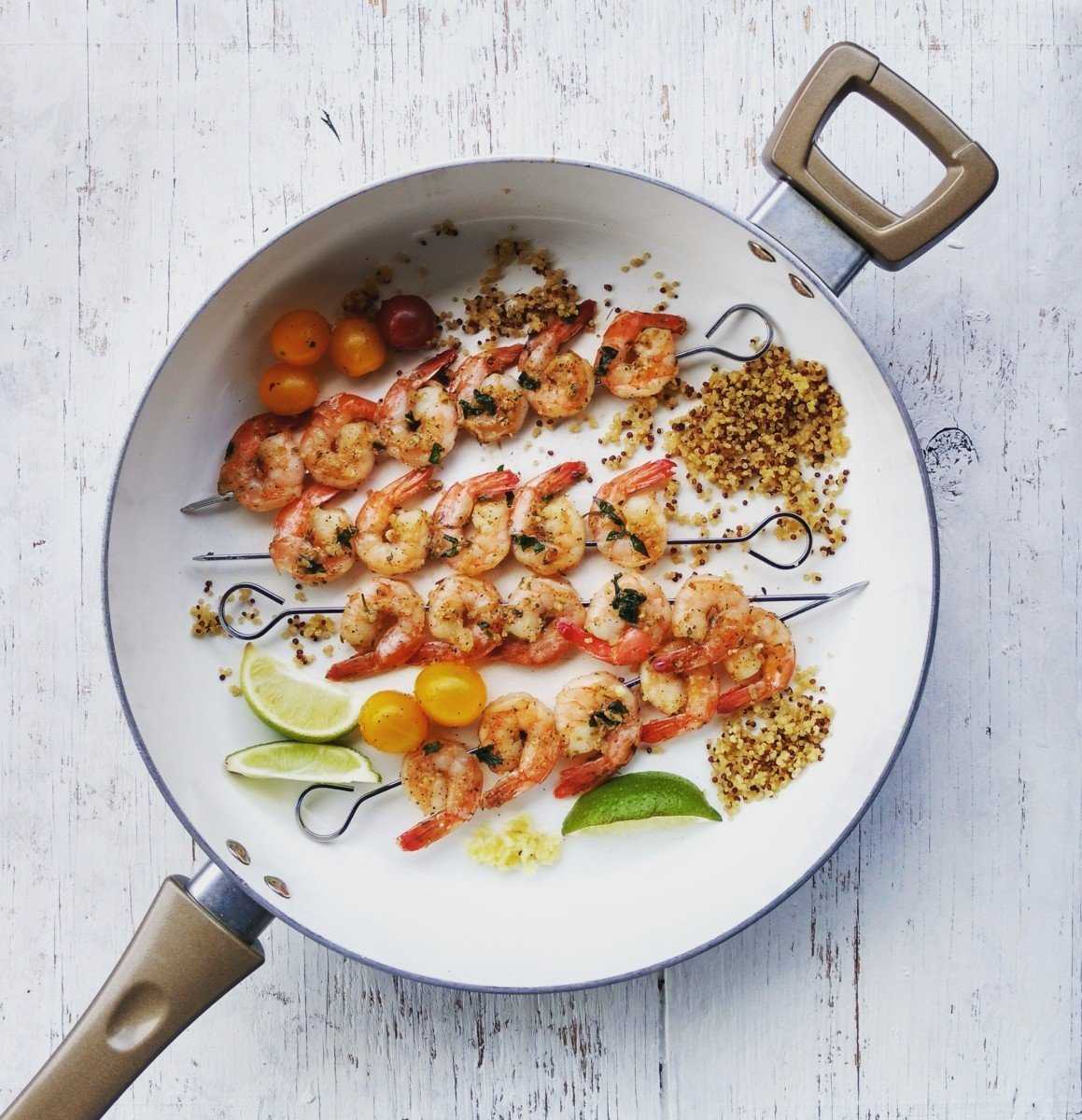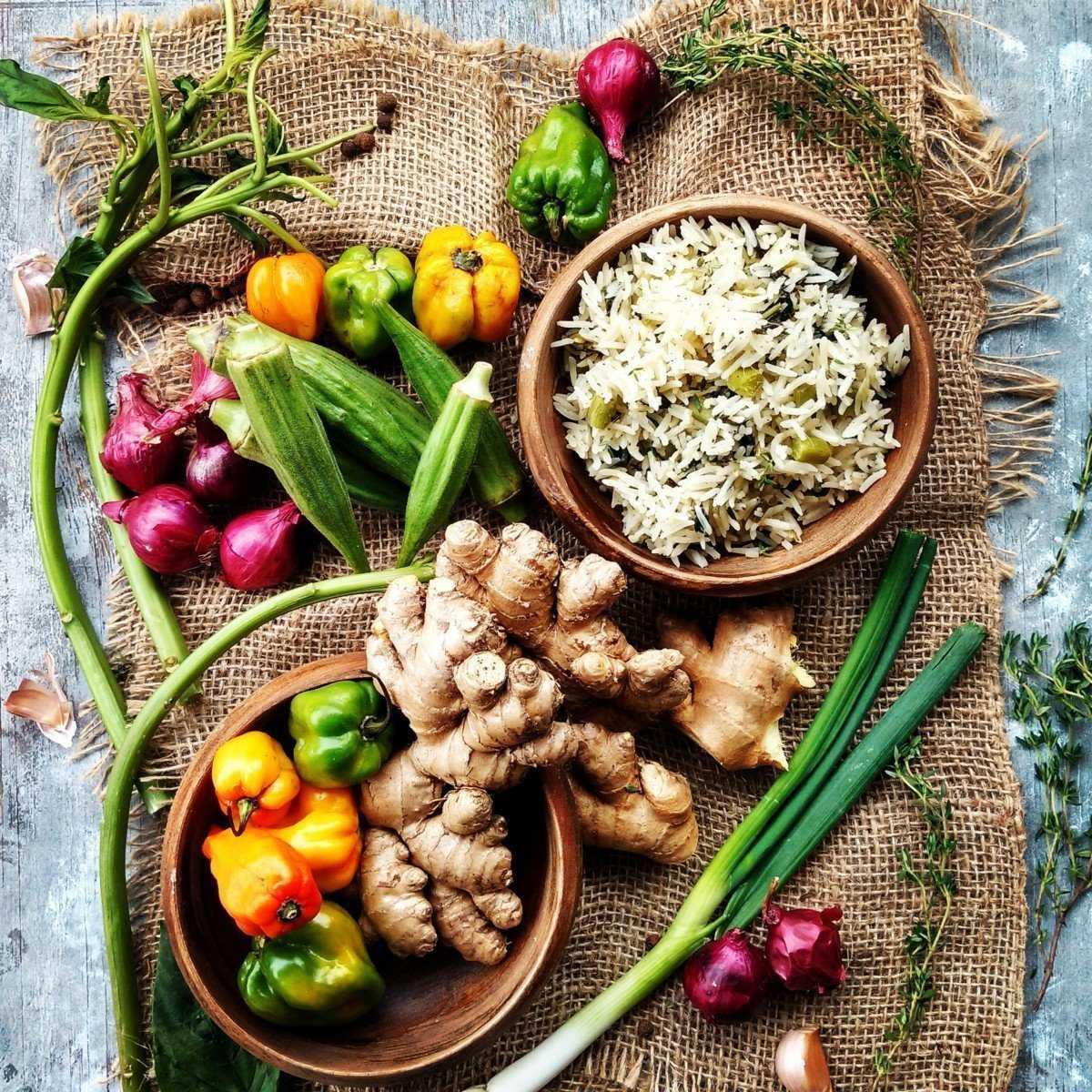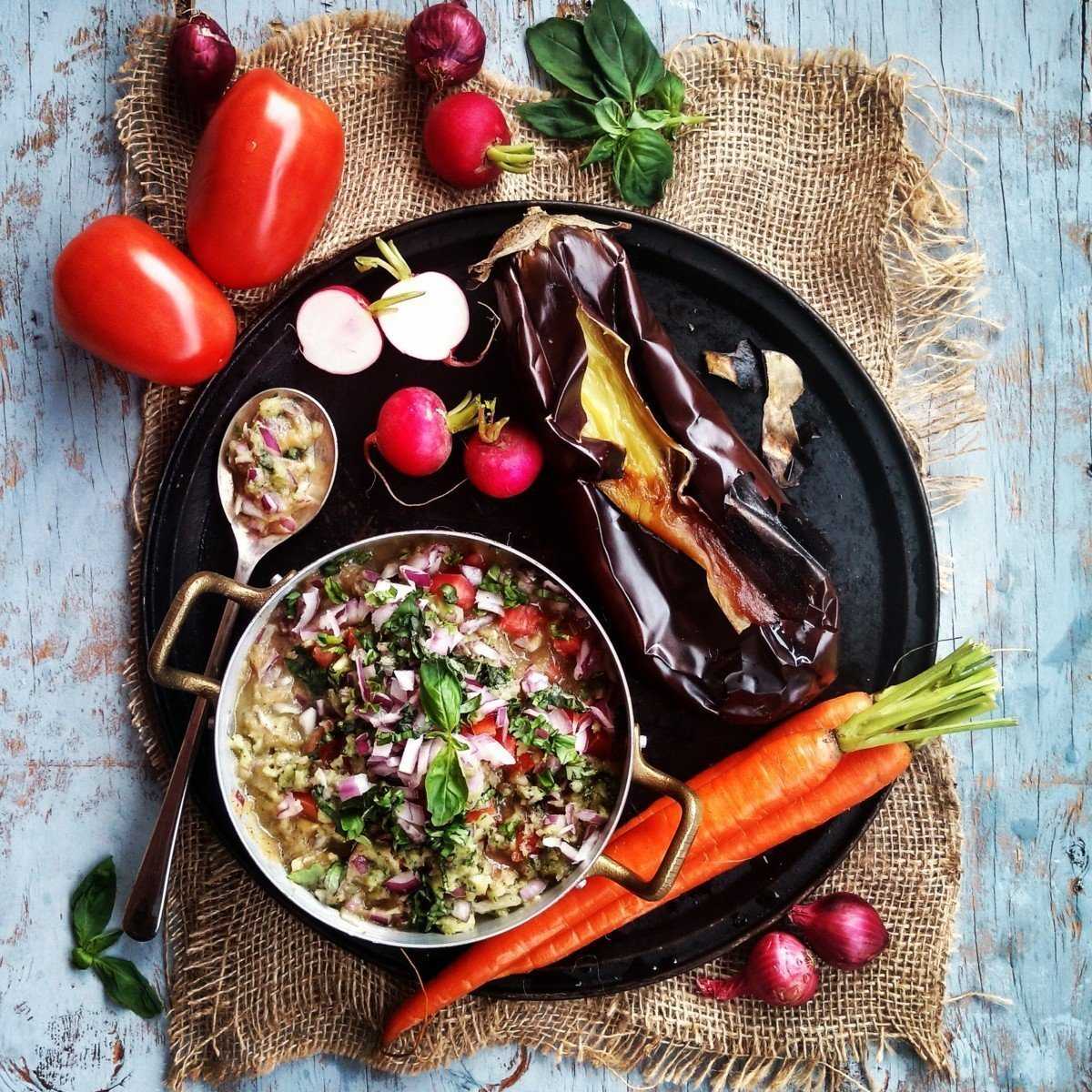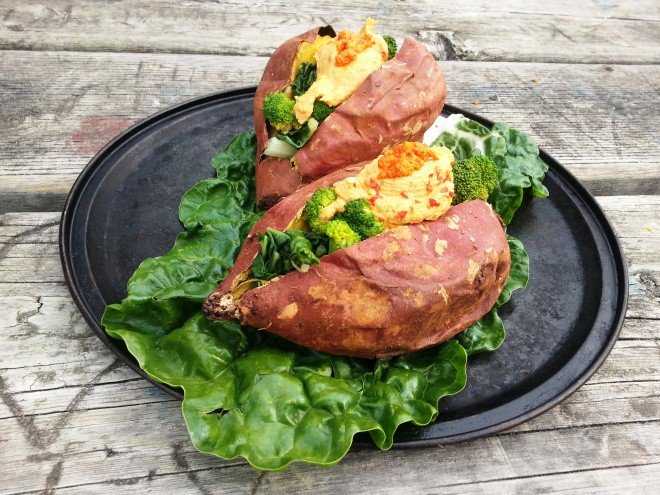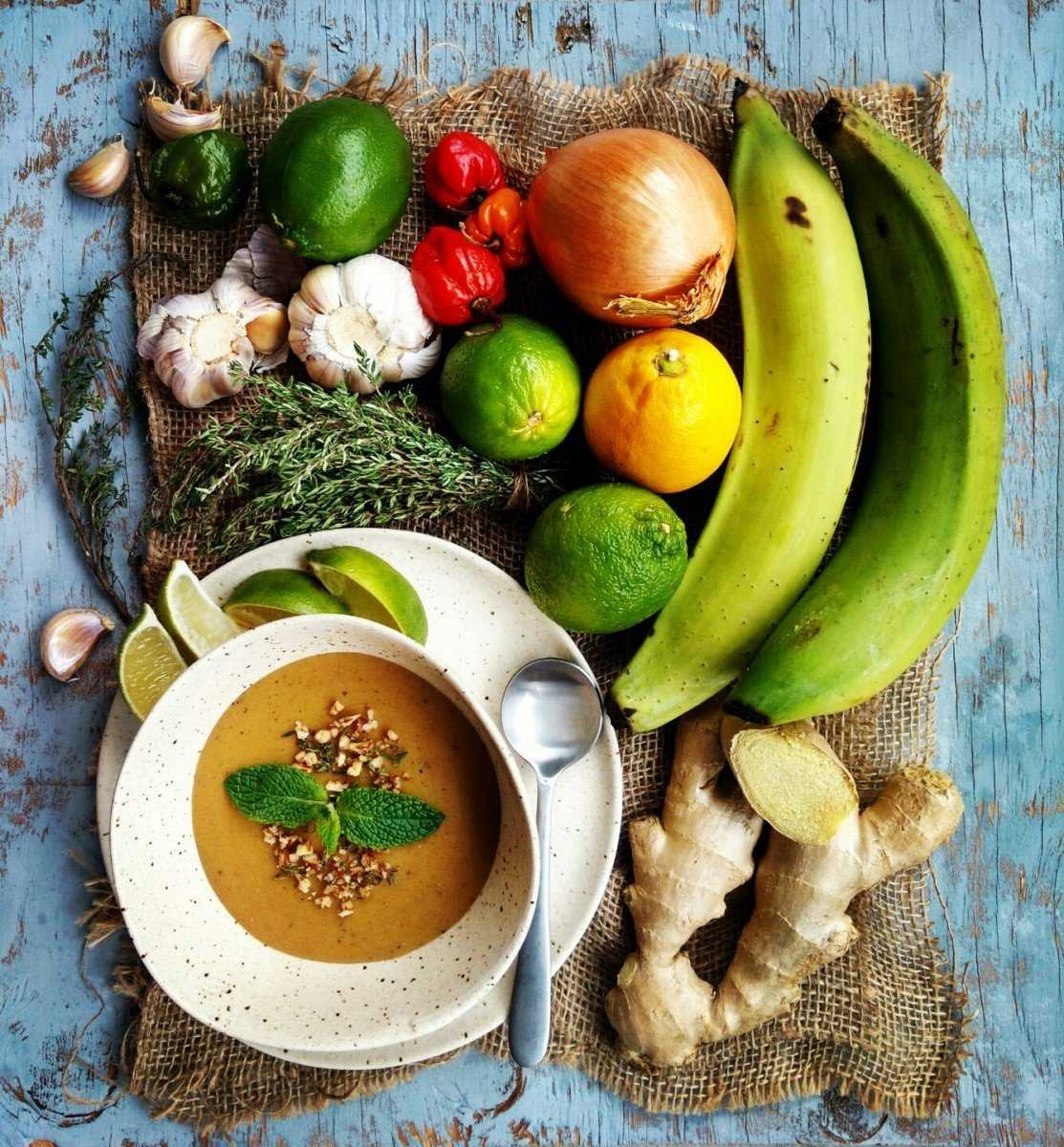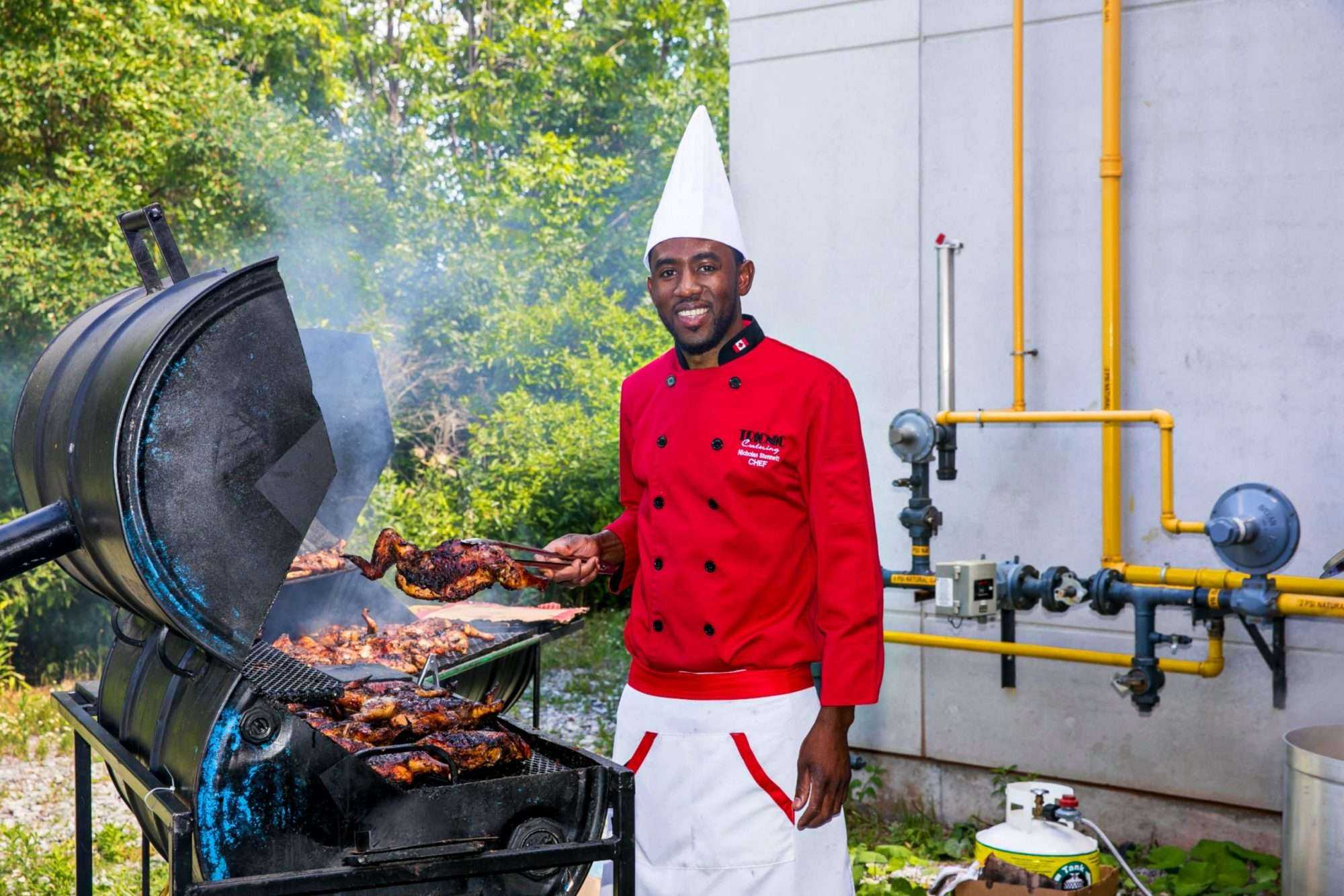BY: EARTHA LOWE
“What is a pulse?” Think tiny powerhouses that are an important part of vegetarian and vegan diets. Pulses are packed with high-quality protein, fiber, and essential vitamins and minerals like iron, potassium, and folate. According to Pulse Canada, a national industry association that represents growers, processors and traders of pulse crops in Canada, pulses are one of the most versatile, heart-healthy food choice on the planet – not to mention, they’re sustainable!
“Pulses” or “legumes,” include crops like: chickpeas (kabuli, desi); lentils (green, red, small brown, french green, black); dry peas (split green, split yellow, whole green, whole yellow) and beans (black, blackeye peas, kidney, great northern, navy, pinto, fava, small red, mung, lima, cranberry, pink).
Red kidney beans are a popular staple in Jamaican cuisine. These types of beans are used to make rice and peas, a vegetarian delight made with ingredients like coconut milk, scallion, thyme, pimento and scotch bonnet pepper. Lima bean (also known as butter bean), is another popular type of pulse you’ll most likely find in a Caribbean household – it makes for a very tasty spread on tortillas topped with greens, especially callaloo!
Pulses do not contain gluten which means they are suitable for people who are gluten intolerant or have celiac disease. Here are three other reasons to love pulses:
1. Pulses are an affordable low-fat source of protein that contributes to good nutrition and health.
2. Pulses are easy to cook with and there are simple ways you can add them to your diet. Add a half a cup or more of your favourite cooked pulses into any salad or soup; replace half or all the meat in your pasta sauce with cooked green lentils or black beans; toss a handful of white beans in your smoothie or try roasted chickpeas as an alternative to salty snacks.
3. Cooked pulses can be pureed. Use pulse puree in baked goods, or, as a tasty dip, spread, sauce or soup base.
Green Lentil Salad: This salad is quick to prepare. Store in the refrigerator for 2 – 3 days. Omit the caramelized onion if you like, but you should try them at least once. The caramelized onion is a sensational garnish.
You’ll need
For the salad:
3 cups (500mL) green lentils, cooked
1 1/2 cups (375mL) grape tomatoes, halved
1 green pepper, chopped1 seedless cucumber, diced
1/4 cup (60mL) fresh parsley, chopped
For the toppings:
1 small red onion, chopped
1/2 teaspoon extra-virgin olive oil
1/4 cup walnuts, crushed
1/4 cup feta cheese, crumbled (optional)
For the dressing:
1/4 cup extra-virgin olive oil
3 tablespoons freshly squeezed lemon juice
1 tablespoon dried oregano
1 teaspoon freshly ground black pepper
Directions:
- Combine the salad ingredients in a large bowl. Set aside.
- Meanwhile, heat the olive oil in a skillet. Add the onion and saute for 8 – 10 minutes, stirring occasionally until caramelized. Remove from heat.
- To make the dressing, whisk the ingredients together in a small bowl.
- Toss the salad with the dressing to coat. Top with the caramelized onion, walnuts and/or feta cheese.
Prep and cook time: 20 minutes
Serves : 4 – 6
Difficulty: EASY!
Tips: Swap out the lentils in this recipe for split green peas, chickpeas, black beans (they’re great with roasted corn niblets), or white kidney beans.
Canned pulses are convenient. Opt for cans with no salt added. Always rinse and drain canned pulses well before using.
Healthy can start right here.
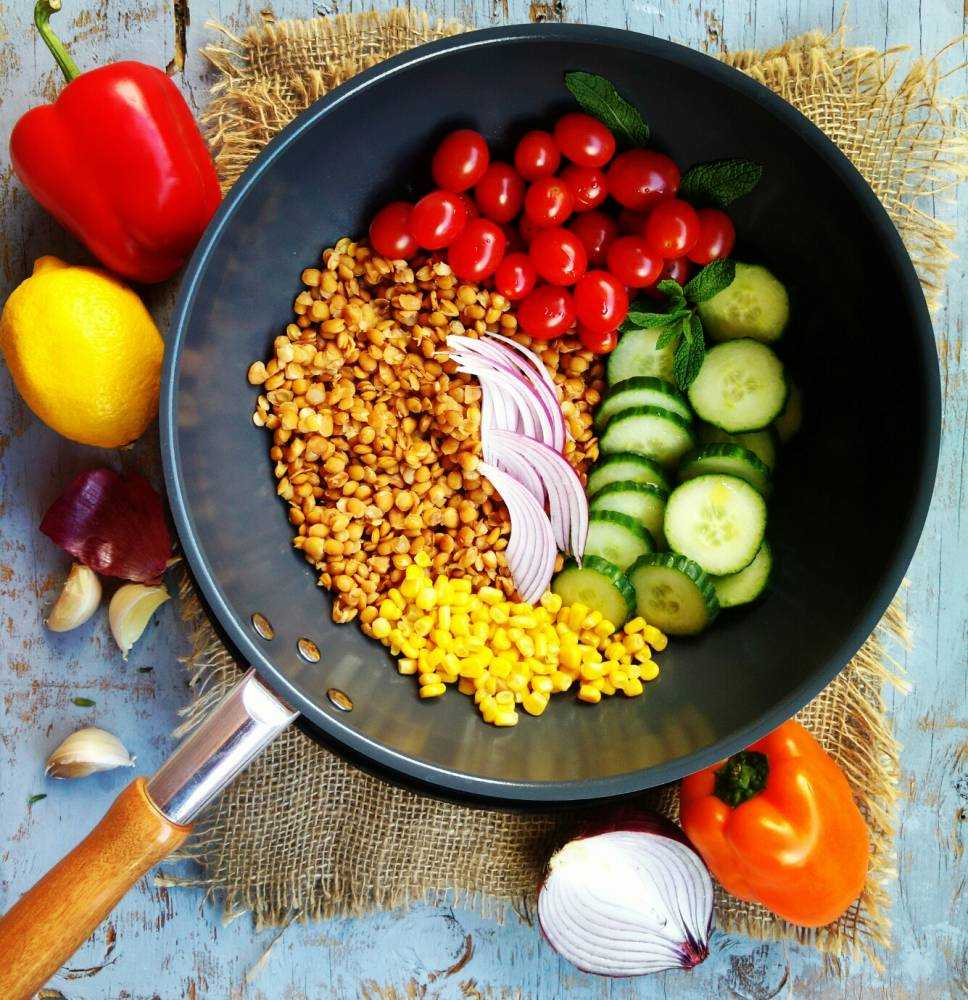

 Community News2 weeks ago
Community News2 weeks ago
 Community News1 week ago
Community News1 week ago
 Community News2 weeks ago
Community News2 weeks ago
 Community News2 weeks ago
Community News2 weeks ago
 Community News2 weeks ago
Community News2 weeks ago
 Community News2 weeks ago
Community News2 weeks ago
 Community News2 weeks ago
Community News2 weeks ago
 Community News6 days ago
Community News6 days ago


